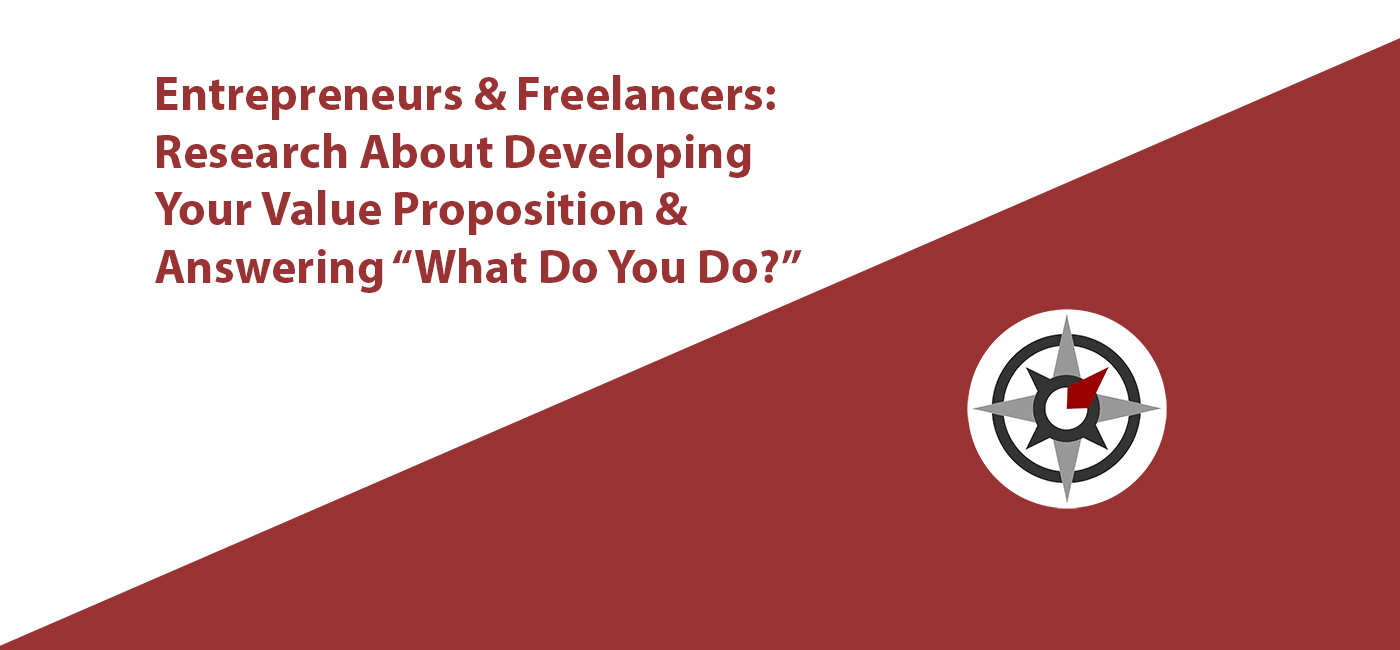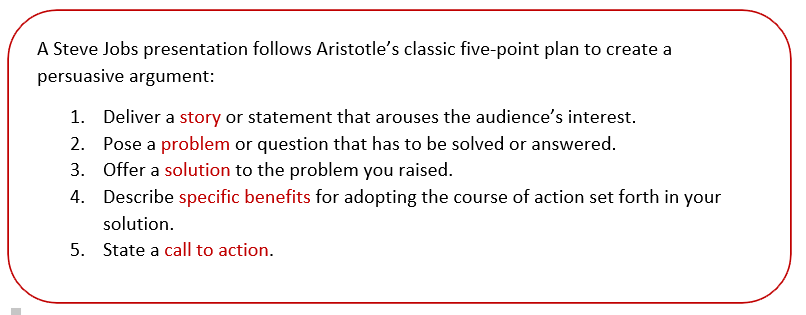From Entrepreneur Magazine Article “Fill In The Blank: My Company Does ___________” by Richard Janizic
Can you explain your product to a fifth grader? Or to someone who is unfamiliar with your industry? That’s what corporate consultant Richard Janezic tells his clients. He challenges companies to synthesize their entire raison d’etre down to a single sentence using ‘the fewest number of words with the greatest meaning’. That tight grip focuses, and doesn’t trivialize, a company’s vision.
Think about what comes first – your product or your customer’s needs? “If you describe a problem your product solves to a prospective client, your client can say ‘That’s me’” he (Richard Janezic) says. Now your sales job just got a lot easier, because you’ve already hooked them – by offering your solution for their problem.
From “Write Great Headlines Faster By Asking 3 Questions” by Lisa Gerber
- What is my hidden gem?
- I copy and paste it at the top and know it’s a working title. I don’t like it, but maybe I can work with it. It’s not results oriented, and would I click on it if I saw it in my newsfeed? Probably not.
- What is my article about in one sentence?
- Stop overthinking it. Step away from your monitor and tell me in one sentence or less what the article is about.
- So what?
- Next question is: “So that….what?” (That’s the “why should I care?” line.)
From “The Presentation Secrets of Steve Jobs” (Here’s the SlideShare deck by the author, Carmine Gallo)
Answer the one question that matters most: “Why Should I Care About ________?”
*By answering this question you give the audience a compelling reason to listen to you and learn about your services.
ACTIVITY: Create and introduce the antagonist for your story. Introducing the antagonist (the problem) rallies the audience around the hero (the solution). To do this simply create a one-sentence answer for the following four questions:
- What do you do?
- What problem do you solve?
- How are you different?
- Why should I care?


